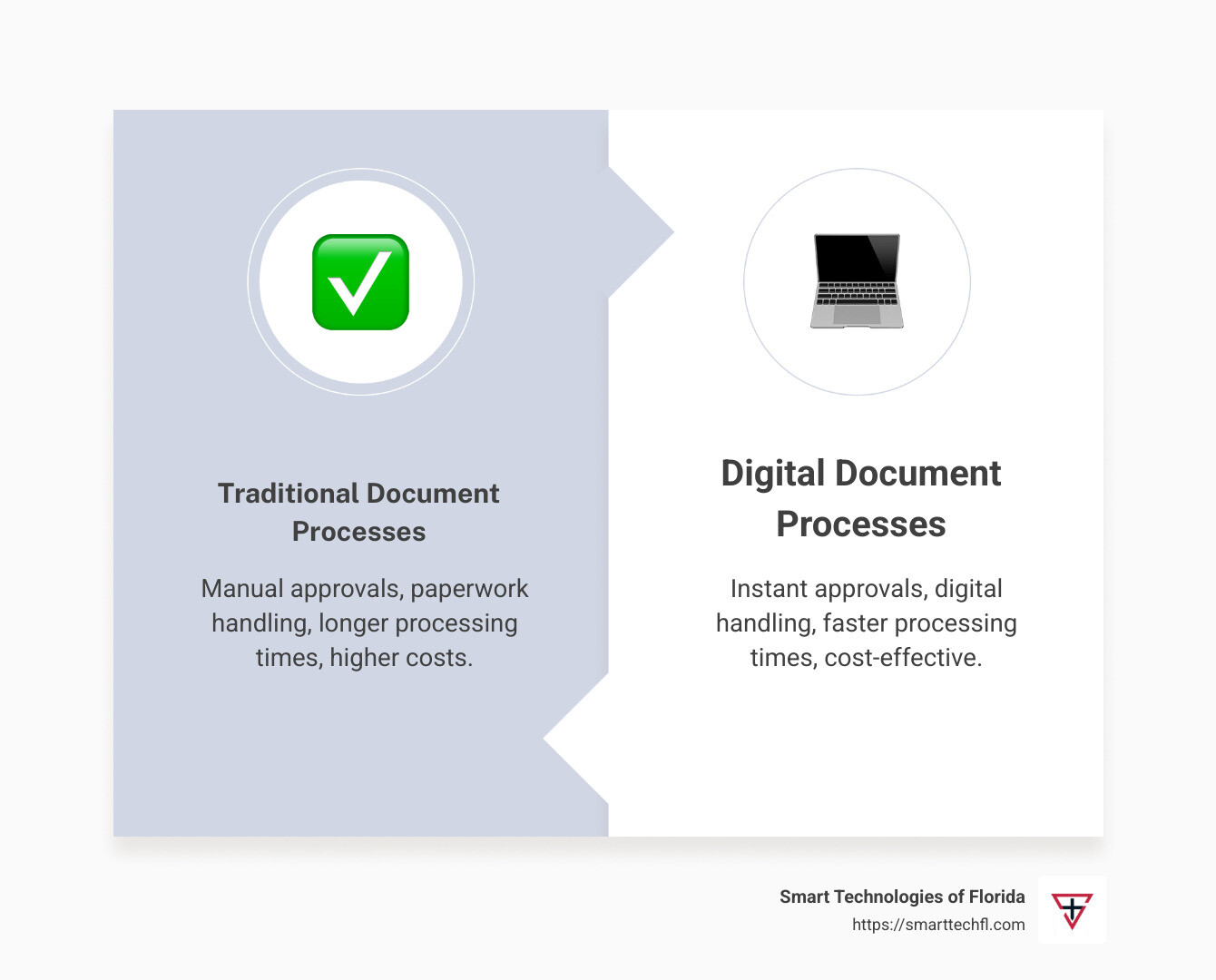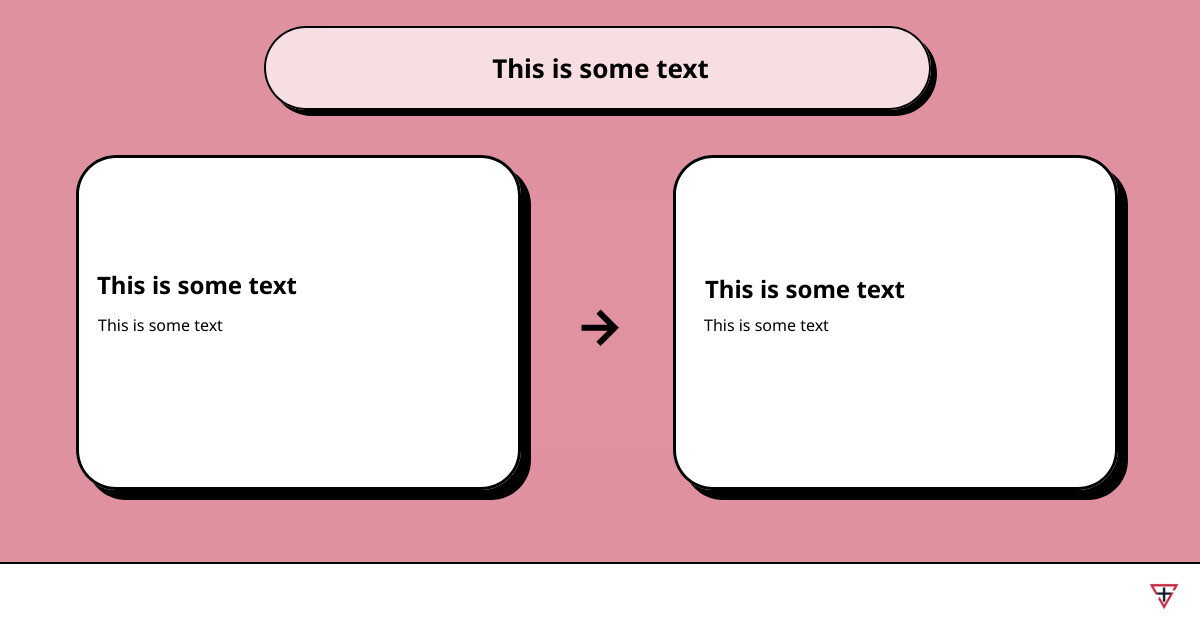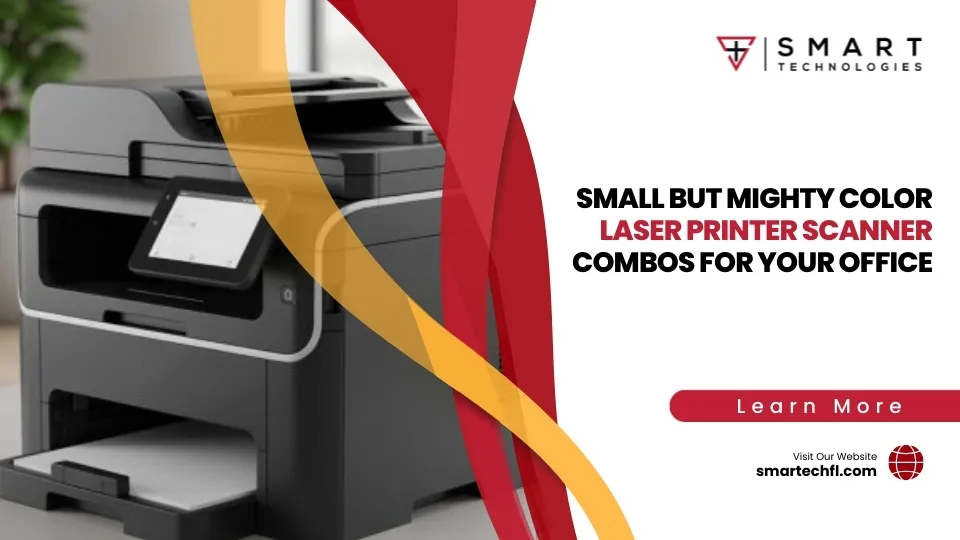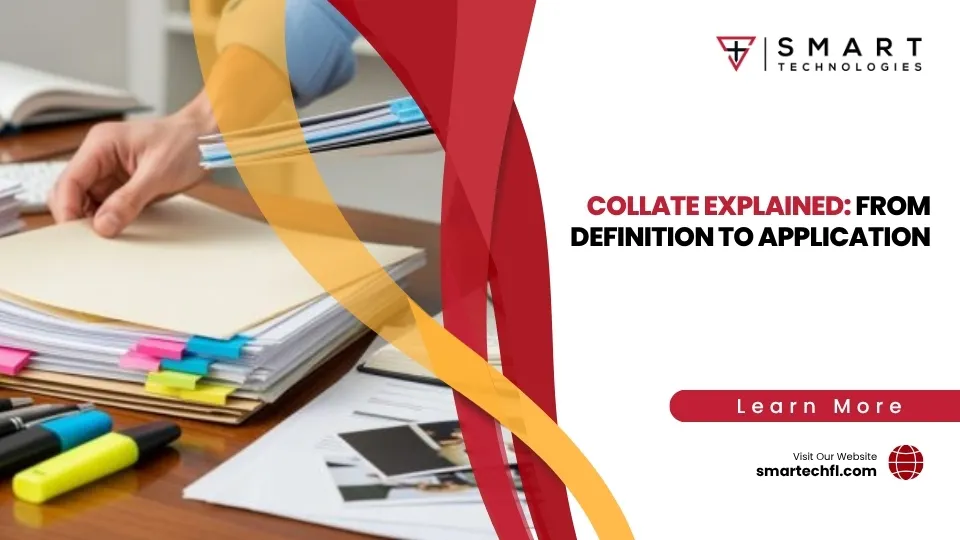Sign, Seal, Deliver: Streamlining with E-Signatures
Streamlining business processes with e-signatures is an essential step for modernizing and efficiently managing operations, from document handling to approval processes. Businesses today face the challenge of dealing with outdated paperwork systems that can lead to delays and increased costs. By adopting e-signatures, companies can transform these processes into streamlined, secure digital workflows.
- Here’s how e-signatures can help:
- Reduce time spent on manual approvals
- Lower operational costs
- Improve document security and accessibility
- Facilitate remote or hybrid work environments
- Improve overall efficiency in document management
Digital signatures are becoming a critical tool for businesses looking to keep up with the demands of a world. As the Director of Digital Change at one healthcare provider put it, “The results have exceeded our expectations in every way.”
With digital documents rising to prominence, e-signatures ensure that signing and approving documents is not only swift and straightforward but also legally binding and secure. Embracing this digital shift benefits both businesses and customers by reducing paper use and facilitating fast, efficient communication.

Benefits of E-Signatures
When it comes to streamlining business processes with e-signatures, the advantages are numerous and impactful. Let’s explore the key benefits that make e-signatures an essential tool for modern businesses.
Time Savings
E-signatures drastically cut down the time it takes to process documents. No more waiting for papers to be mailed, signed, and returned. Electronic signatures allow for instant signing, which means decisions can be made faster. This speed is crucial in today’s business environment.

Cost Reduction
Going paperless with e-signatures saves money. Businesses no longer need to spend on printing, postage, and storage. These savings add up, contributing to a healthier bottom line. Plus, with fewer physical documents, there’s less clutter and more space for what truly matters.
Improved Security
Security is a top concern for any business, and e-signatures deliver. They use strong encryption and authentication to ensure that documents are safe from tampering. This means that businesses can have peace of mind knowing their documents are secure and that the signer’s identity is verified.
Improved Collaboration
E-signatures make it easy for multiple parties to sign documents from anywhere in the world. This capability improves collaboration, allowing teams to work together seamlessly, regardless of location. It also supports remote and hybrid work models, which are becoming increasingly common.
Environmentally Friendly
By reducing the need for paper, e-signatures contribute to a greener planet. Less paper means fewer trees cut down and less waste. Businesses can feel good about their environmental impact while also enjoying the efficiency that comes with digital processes.
In summary, the benefits of adopting e-signatures are clear. They save time, cut costs, boost security, improve collaboration, and help the environment. For businesses looking to stay competitive, streamlining business processes with e-signatures is a smart move.
Next, we’ll explore how to implement e-signatures in your organization effectively.
Streamlining Business Processes with E-Signatures
In today’s business world, streamlining business processes with e-signatures is no longer just an option—it’s a necessity. Here’s how e-signatures transform the way businesses operate by enhancing efficiency, speed, authentication, data integrity, and legal compliance.
Efficiency and Speed
E-signatures eliminate the need for physical document handling, which can be slow and cumbersome. By digitizing the signing process, businesses can move documents through the pipeline much faster. A 2020 Forrester survey highlights that digital document processes, including e-signatures, are crucial for maintaining business continuity and reducing risk.
Imagine closing deals in mere minutes instead of days. With e-signatures, contracts and agreements can be executed swiftly, allowing businesses to respond to opportunities and challenges with agility.
Authentication and Data Integrity
Authentication is key to ensuring that the right person is signing a document. E-signatures use robust verification methods, such as multi-factor authentication, to confirm the signer’s identity. This security measure helps prevent fraud and unauthorized access, providing businesses with peace of mind.
Moreover, e-signatures protect the integrity of the data. Once a document is signed electronically, any alteration becomes evident, safeguarding the document against tampering. This level of security is vital for maintaining trust and compliance.
Legal Compliance
E-signatures are not just convenient—they are legally binding. The E-Sign Act ensures that electronic signatures hold the same legal weight as traditional ink signatures in the U.S. This law validates electronic records and signatures, making them a reliable choice for businesses that operate across state or national borders.
By using e-signatures, organizations can confidently conduct business knowing that their documents meet legal standards. This compliance is crucial, especially in highly regulated industries like healthcare, where maintaining the integrity of sensitive information is paramount.
In summary, e-signatures improve business processes by offering speed, security, and legal assurance. We’ll explore how to implement e-signatures in your organization effectively.
Implementing E-Signatures in Your Organization
Implementing e-signatures in your organization can revolutionize how you handle documents. Let’s explore how to do it right, focusing on a secure platform, user experience, authentication measures, training, and optimization.
Secure Platform
Choosing a secure platform is the first step. Look for solutions that offer encryption to protect your documents. Encryption scrambles information into a code that can’t be read without the right key. This keeps your data safe from hackers.
A secure platform should also provide audit trails. These are records that track who signed a document, when, and where. This feature ensures transparency and can help resolve disputes if they arise.
User Experience
A user-friendly interface is essential. Your team shouldn’t need extensive training to start using e-signatures. The platform should be intuitive, allowing users to easily upload, sign, and send documents.
Consider platforms that integrate seamlessly with tools you already use. This will make the transition smoother and encourage adoption among employees.
Authentication Measures
Authentication is crucial for ensuring the right person is signing the document. Implement multi-factor authentication (MFA) to add an extra layer of security. MFA requires users to provide two or more verification factors, reducing the risk of unauthorized access.
Training
Training your team is key to a successful implementation. Provide comprehensive training sessions to help employees understand how to use the new system. Address any concerns they might have about security and usability.
Offer ongoing support and resources, such as FAQs and tutorials, to help users as they steer the platform. This will boost confidence and ensure smooth adoption.
Optimization
Once e-signatures are up and running, continuously monitor their effectiveness. Gather feedback from users to identify any issues and areas for improvement. Regularly update your platform to ensure it meets the latest security standards and offers new features.
By optimizing your e-signature solution, you’ll keep your processes efficient and secure, allowing your organization to reap the full benefits of digital change.
With these steps, your organization can successfully implement e-signatures, enhancing efficiency and security. Next, we’ll explore the top use cases for e-signatures across various industries.
Top Use Cases for E-Signatures
E-signatures are changing industries by making processes faster and more secure. Let’s look at how different sectors are using them to streamline operations.
Banking
In banking, e-signatures are used to open accounts, approve loans, and more. They help banks process transactions quickly and securely. This reduces wait times for customers and cuts down on paperwork. With e-signatures, banks can also ensure compliance with regulations by maintaining digital audit trails.
Healthcare
Healthcare providers use e-signatures for patient intake, discharge forms, and staff credentialing. This technology speeds up processes and ensures compliance with laws like HIPAA. For example, a healthcare provider can use e-signatures to quickly sign off on patient discharge forms, reducing bottlenecks and improving patient flow.
Legal
In the legal field, e-signatures help lawyers and clients sign contracts and other legal documents without meeting in person. This not only saves time but also ensures that documents are signed securely. Digital signatures, which use encrypted certificates, add an extra layer of security and authenticity.
Real Estate
Real estate transactions often involve multiple parties and lots of paperwork. E-signatures make it easy to sign contracts, lease agreements, and other documents. This speeds up the buying and selling process, allowing real estate professionals to close deals faster and more efficiently.
E-commerce
E-commerce businesses use e-signatures to streamline sales and purchase agreements. This can help reduce payment delays and improve cash flow. By quickly collecting signatures on financial documents, e-commerce companies can keep operations running smoothly.
Government
Government agencies use e-signatures to improve efficiency and reduce paper waste. They’re used for everything from tax forms to permit applications. E-signatures ensure that documents are signed securely and can be easily accessed when needed.
Manufacturing
In manufacturing, e-signatures are used for vendor agreements, purchase orders, and compliance documents. This technology helps manufacturers keep track of important documents and ensures that all necessary approvals are obtained quickly.
E-signatures offer countless benefits across these industries, from increased efficiency to improved security. Next, we’ll address some common questions about e-signatures to help you understand their full potential.
Frequently Asked Questions about E-Signatures
Why would companies want to use digital signatures when conducting a business?
Companies choose digital signatures for their efficiency and speed. Imagine closing a deal in minutes instead of days. Digital signatures eliminate the need for printing, signing, scanning, and mailing documents. This speeds up processes and reduces costs. Plus, they allow businesses to operate smoothly, even when teams are remote.
Authentication is another key reason. Digital signatures verify the identity of the signer, ensuring that the person signing is who they claim to be. This builds trust between parties and reduces the risk of fraud.
What is the e-signature rule?
The e-signature rule ensures that electronic signatures have the same legal effect as handwritten ones. In most countries, including the U.S., e-signatures are legally enforceable. This means they can be used in court just like traditional signatures.
The rule requires that the signer intends to sign and that both parties agree to use electronic records. This keeps the process transparent and fair.
How could a digital signature ensure data integrity when conducting e-business?
Digital signatures use a cryptographic mechanism to ensure data integrity. This means that once a document is signed, it cannot be altered without detection.
Here’s how it works: When a document is signed digitally, a unique encrypted code is created. This code is linked to both the document and the signer. If someone tries to tamper with the document, the code changes, alerting everyone to the alteration.
This authenticity ensures that businesses can trust the documents they receive. It protects sensitive information and maintains the integrity of business transactions.
E-signatures are a powerful tool for businesses looking to streamline operations and stay compliant. In the next section, we’ll explore how to implement e-signatures in your organization effectively.
Conclusion
At Smart Technologies of Florida, we believe in empowering businesses through strategic change and innovation. With over 23 years of experience, our people-centric approach ensures that our clients receive custom digital solutions that align with their unique goals.
By embracing e-signatures, businesses can transform their operations. This technology not only saves time and reduces costs, but it also improves security and compliance. These benefits are crucial in today’s business environment, where efficiency and accuracy matter more than ever.
Our team is dedicated to helping organizations steer this digital change. We provide the tools and expertise needed to implement custom digital solutions that drive success. Whether it’s streamlining approval processes or enhancing data integrity, we’ve got you covered.
Ready to take your business to the next level? Find how our business process automation solutions can streamline your operations and improve productivity. Let’s innovate together for a brighter, more efficient future.












